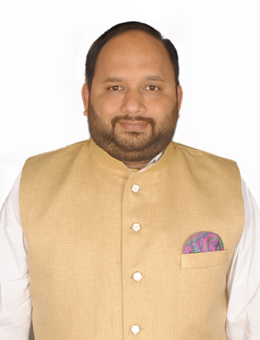Case Law Details
Case Name : Employees Provident Fund Organisation & Anr. Etc. Vs Sunil Kumar B. & Ors. Etc. (Supreme Court of India)
Related Assessment Year :
Courts :
Supreme Court of India
Become a Premium member to Download.
If you are already a Premium member, Login here to access.
Sponsored
Employees Provident Fund Organisation & Anr. Etc. Vs Sunil Kumar B. & Ors. Etc. (Supreme Court of India)
The Apex Court on Friday upheld the amended Employees’ Pension Scheme (EPS), which caps the basic salary of an employee at Rs 15,000 a month for the pension component derived from it to be calculated.
A Bench comprising Chief Justice of India Uday Umesh Lalit, Justice Aniruddha Bose, and Justice Sudhanshu Dhulia has allowed the appeals of the Employees’ Provident Fund Organi
Please become a Premium member. If you are already a Premium member, login here to access the full content.
Access Denied! Only Regstered Users Can Download The File "Supreme Court upholds amended employees’ pension scheme with modifications". Register Here or Login
Sponsored
Kindly Refer to
Privacy Policy &
Complete Terms of Use and Disclaimer.





